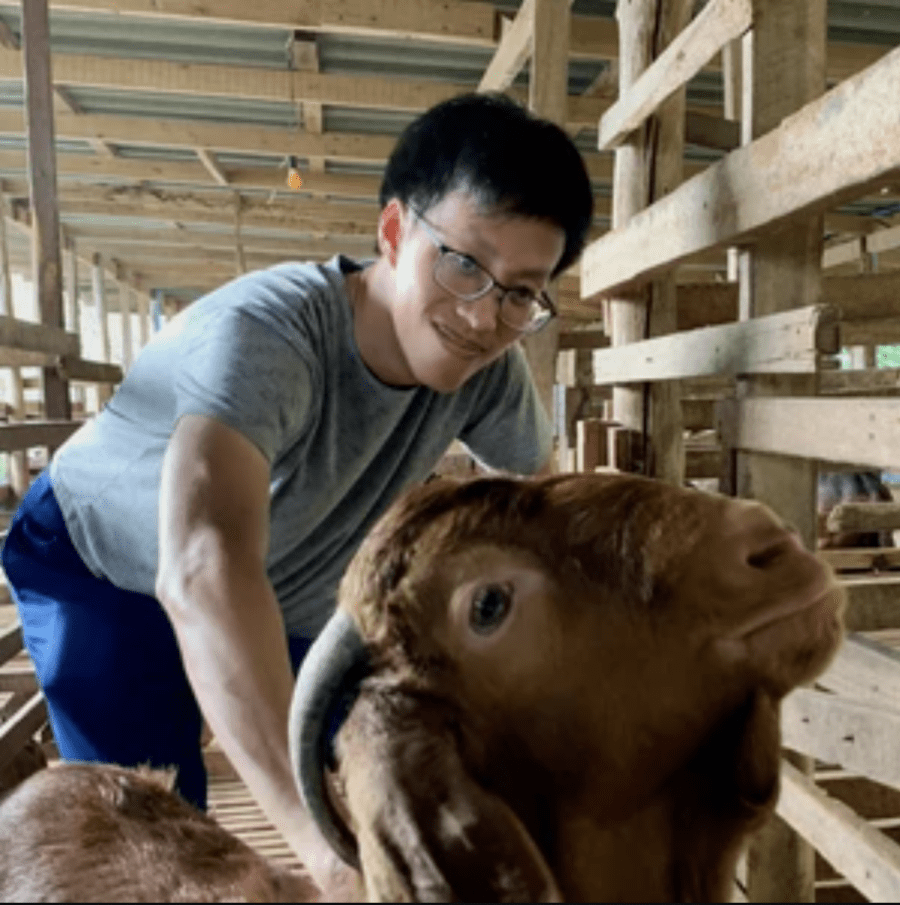
Two Novel Methods from Statistical Mechanics: Systems Physics and Digital Alchemy
Pheerawich Chitnelawong, Department of Physics, Queens University
Methods in statistical physics can be generalized to study systems with unconventional constraints. We will discuss two novel methods of applying statistical physics to (I) naval architecture, and (II) nanocrystal structure prediction. (I) A key challenge in warship design is to assess design vulnerabilities early on in the process where the constraints are subject to change. One fatal vulnerability is clustering of design components. Damage to a cluster can cause a cascading catastrophe. By approaching statistical mechanics from information theory perspective, we construct a framework, that is Systems physics, in which we analyze clustering as an arrangement problem. We use physics terminology, such as forces, entropy, heat capacity, etc., to build intuitive framework to understand how clustering emerges from choices in arrangement. (II) A holy grail in material science is to be able to predict material properties or structures from its building blocks. The periodic table has achieved this on atomic scale. Building blocks at the nanoscale, however, are built by aggregates of atoms with an almost limitless combinations of forms, shapes, and chemical patterns. In experiments, it is impossible to change the attributes of the building blocks of a material ad hoc once the material is synthesized. However, tuning the building block attributes such as shape in computer simulation is feasible. Digital alchemy is a method to control the shapes of the building blocks during thermodynamic simulations. We use digital alchemy to probe possible shapes of the building blocks to find correlation between building blocks and crystalline structures, and take a step towards building an analogue to the periodic table at the nanoscale.

